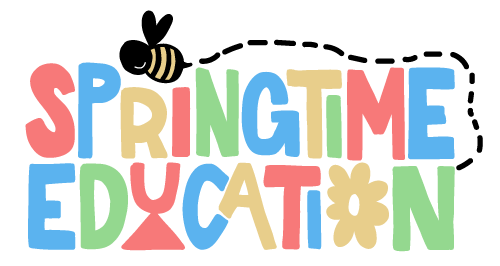Sign language is a natural language that uses hand gestures, facial expressions, and body language to communicate. It is used by millions of people around the world as their primary means of communication, and it is recognised as a fully-fledged language in many countries. Despite this, sign language is often not treated with the same respect and dignity as spoken languages.
There are several reasons why sign language should be treated as any other language.
First and foremost, sign language is a legitimate language that is used by millions of people worldwide. It has its own grammar, syntax, and vocabulary, and it is used to convey complex thoughts and ideas. Just like any other language, sign language is constantly evolving and changing, and it has a rich cultural and historical significance for many deaf and hard of hearing communities.
Furthermore, sign language is an important tool for communication and inclusion. It allows deaf and hard of hearing individuals to fully participate in society and access the same information and opportunities as their hearing counterparts. By treating sign language as any other language, we can ensure that deaf and hard of hearing individuals are able to fully engage in all aspects of life, from education and employment to social and cultural activities.
In addition, sign language is an important aspect of linguistic and cultural diversity. Just like spoken languages, sign languages vary from region to region, and they reflect the unique histories and cultures of the communities that use them. By recognizing and valuing sign language as any other language, we can celebrate and preserve linguistic and cultural diversity.

In conclusion, sign language is a natural and legitimate language that is used by millions of people around the world. It is an important tool for communication and inclusion, and it is an integral part of linguistic and cultural diversity. By treating sign language as any other language, we can ensure that deaf and hard of hearing individuals are able to fully participate in society and that linguistic and cultural diversity is celebrated and preserved.
Looking to learn sign language?
Start small and slowly build you sign language vocabulary with our Sign Language Flash Cards! We have incredible flash cards for Australian Sign Language (Auslan), American Sign Language (ASL) and coming very soon, British Sign Language (BSL)!

